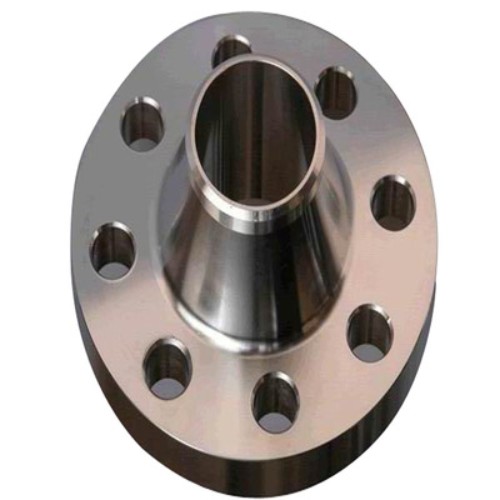6-Inch Ball Valve | High-Quality Flow Control Solutions
Understanding the 6-Inch Ball Valve Functionality and Applications
A ball valve is a type of flow control device that regulates the flow of fluids through a piping system. Among the various sizes available, the 6-inch ball valve is particularly noteworthy for its versatility and efficiency in a wide range of applications. This article will explore the functionality, advantages, and typical applications of the 6-inch ball valve.
Functionality
The design of a ball valve is straightforward yet effective. The core component is a spherical ball that has a hole or port in its center. When the valve is open, this port aligns with the flow direction, allowing fluid to pass through. Conversely, when the valve is closed, the solid part of the ball blocks the flow, effectively stopping it. This mechanism allows for quick operation, as the ball valve can transition from open to closed (or vice versa) with a simple quarter-turn of the handle.
The 6-inch size designation refers to the valve's nominal diameter, which is crucial in determining the flow capacity and pressure rating of the valve. The size impacts the overall flow characteristics and ensures that it can handle substantial volumes of fluid, making it suitable for various industrial settings.
Advantages
One of the primary advantages of a 6-inch ball valve is its durability and reliability. Typically constructed from robust materials like stainless steel, brass, or PVC, ball valves are designed to withstand high pressures and extreme temperatures, making them ideal for demanding environments. They are also less likely to leak compared to other types of valves, thanks to their tight sealing capabilities.
6in ball valve

Another benefit is the ease of operation. The quarter-turn mechanism allows for rapid opening and closing, which is critical in applications where swift response times are desired. This feature not only enhances operational efficiency but also contributes to safety, minimizing the time a system remains in a vulnerable state.
Applications
6-inch ball valves are commonly used in various industries, including water treatment, oil and gas, chemical processing, and HVAC systems. In water treatment plants, they play a pivotal role in controlling the flow of water and maintaining system pressure. In the oil and gas sector, these valves are essential for controlling the flow of crude oil and natural gas in pipelines, where reliability is paramount.
In chemical processing, the ability to handle corrosive substances with appropriate material selection makes 6-inch ball valves indispensable. Moreover, in HVAC systems, they help in regulating the flow of air and water, ensuring effective heating and cooling processes.
Conclusion
In summary, the 6-inch ball valve is a critical component in many industrial applications due to its durability, efficient operation, and versatility. Understanding its functionality and advantages allows engineers and operators to make informed decisions when selecting flow control devices for their systems. As industries continue to evolve, the demand for reliable ball valves remains a key aspect of maintaining efficient and safe operations in fluid management.
-
The Key to Fluid Control: Exploring the Advantages of Ball Valves in Industrial SystemsNewsJul.09,2025
-
The Versatile World of 1, 2, and 3 Piece Ball ValvesNewsJul.09,2025
-
Stainless Steel Ball Valves: The Ideal Choice for Efficient Flow ControlNewsJul.09,2025
-
Optimizing Fluid Control with Ball Float ValvesNewsJul.09,2025
-
Manual Gate Valves: Essential for Control and EfficiencyNewsJul.09,2025
-
Everything You Need to Know About Butterfly ValvesNewsJul.09,2025
-
The Versatility of Wafer Type Butterfly ValvesNewsJul.08,2025




